Will rising global debt end in disaster? Perhaps not. In this rigorous study, World Bank Group economists analyze four historical episodes of debt accumulation in emerging markets and developing economies: Three ended in widespread financial crises and one, which began in 2010, is ongoing. Their report is rich in graphs and statistics, and intrepid readers can delve into ample appendices that detail the research data and models. Executives, economists and policy experts concerned about the current expansion of credit will value the keen insights in this authoritative paper.
Global debt accumulations go through cycles or “waves.”
Since 1970, global debt has surged significantly four times. Each of these “debt waves” displays unique characteristics, but all involve rapid debt buildups in emerging market and developing economies (EMDEs) that occur simultaneously and across multiple countries. The first three waves, though primarily regional, wrought widespread financial crises: The Latin American wave occurred from 1970 to 1989; the East Asian and Pacific wave ran its course from 1990 to 2001; and the Central Asian wave lasted from 2002 to 2009 and included EMDEs in Europe. All of these waves took place in a low interest rate environment, in which global investors chased greater returns. Eventually, economic shocks set off large-scale investor flight and crises. In response to each episode, governments imposed new regulations leading to structural changes in financial instruments and in the proportions of public and private debt.
The fourth wave, which began in 2010, is ongoing and encompasses some 80% of EMDEs worldwide. Between 2010 and 2018, advanced economies...
M. Ayhan Kose, Peter Nagle, Franziska Ohnsorge and Naotaka Sugawara are World Bank Group economists and researchers.









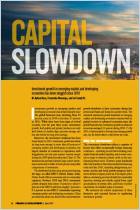
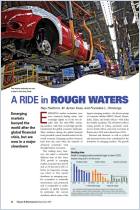
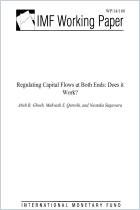
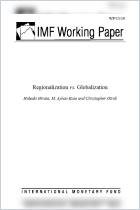
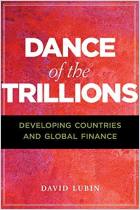

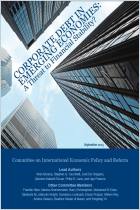





Comment on this summary